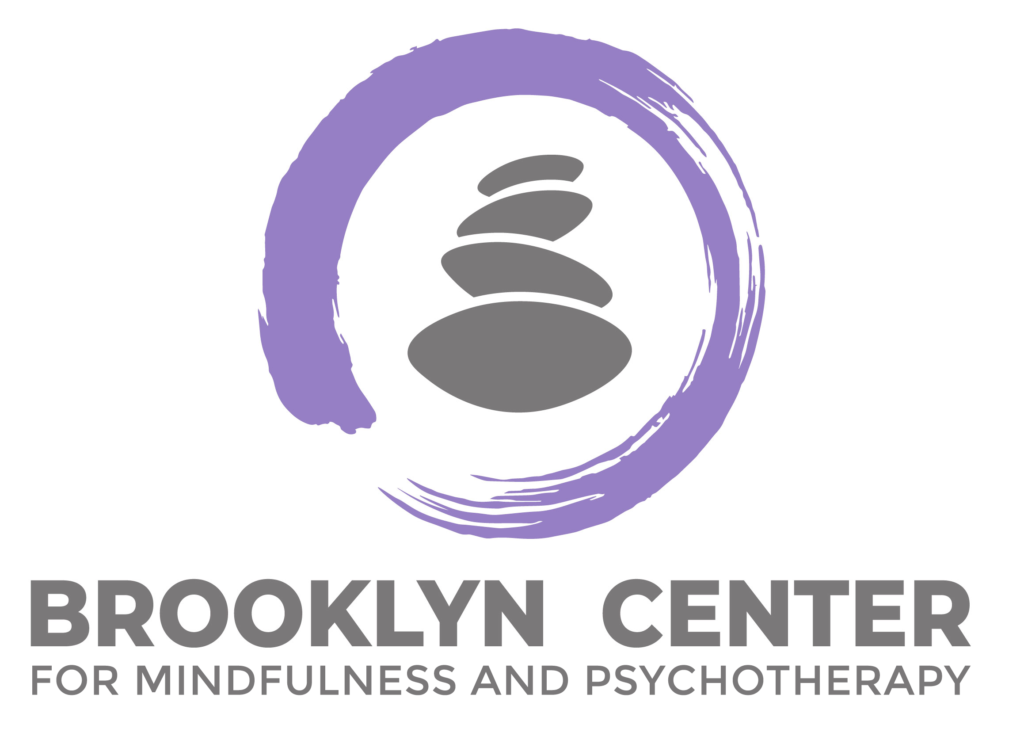Introduction
Living with the effects of trauma can feel overwhelming. Whether it stems from a single event, such as an accident, or from repeated experiences, such as childhood neglect, trauma has a way of leaving echoes in everyday life. Many people find themselves avoiding reminders, struggling with anxiety, or feeling stuck in painful memories they can’t seem to move past.
The good news is that trauma is treatable. Over the past few decades, researchers and clinicians have developed several highly effective, evidence-based therapies for trauma and post-traumatic stress disorder (PTSD). Among the most recognized are Eye Movement Desensitization and Reprocessing (EMDR), Cognitive Processing Therapy (CPT), and Prolonged Exposure (PE) therapy.
Each of these therapies works in a different way, but all share the same goal: helping you process and integrate traumatic experiences so you can live with greater peace, safety, and freedom. This article explains what trauma is, how it affects the brain, and how these three therapies can help you heal.
What is Trauma?
Psychologically, trauma is the emotional and physical response to deeply distressing or disturbing events. While trauma often brings to mind natural disasters or violent assaults, it can also result from less visible but equally painful experiences such as ongoing criticism, neglect, or relational betrayals.
Clinicians often distinguish between:
- Acute trauma – a single overwhelming event.
- Chronic trauma – repeated exposure to distress over time.
- Complex trauma – multiple traumatic experiences, often during formative years.
Trauma symptoms can include:
- Flashbacks or intrusive memories
- Avoidance of reminders or situations
- Hypervigilance or startle response
- Difficulty concentrating
- Negative self-beliefs (“I’m not safe,” “It’s my fault”)
- Anxiety, depression, or numbness
In short, trauma keeps the nervous system stuck in survival mode. Instead of registering the past as over, the body and brain respond as if danger is still present.
How Trauma Impacts the Brain and Body
The human brain is wired for survival. During trauma, the amygdala (the brain’s alarm system) activates intensely, flooding the body with stress hormones. The hippocampus, which helps put experiences in context, may fail to file the memory properly. Meanwhile, the prefrontal cortex, responsible for reasoning and regulation, often goes offline.
As a result, trauma memories can remain unprocessed, showing up as intrusive images, body sensations, or overwhelming emotions. Survivors may avoid reminders, feel constantly on edge, or believe negative thoughts about themselves. Over time, these patterns can interfere with relationships, work, and overall quality of life.
This is why effective trauma therapy is so important: it helps the brain finish the processing that got interrupted, so the memory can be stored as something that happened in the past — not something happening now.
Evidence-Based Therapies for Trauma
1. Eye Movement Desensitization and Reprocessing (EMDR)
What it is: EMDR is a structured therapy that uses bilateral stimulation — often side-to-side eye movements, tapping, or sounds — to help the brain reprocess stuck traumatic memories.
How it works: While focusing on aspects of the trauma, the client simultaneously follows bilateral stimulation. This process helps the nervous system integrate the memory in a less distressing way, reducing its emotional intensity.
Benefits:
- Decreases flashbacks, nightmares, and triggers
- Reduces anxiety and physiological arousal
- Helps clients replace negative beliefs with healthier, adaptive ones
- Works without requiring clients to go into detail about the trauma
Who it helps: EMDR is effective for PTSD, childhood trauma, anxiety, grief, medical trauma, and more.
2. Cognitive Processing Therapy (CPT)
What it is: CPT is a form of cognitive-behavioral therapy that focuses on how trauma changes thoughts and beliefs. It helps clients examine “stuck points” — unhelpful beliefs that maintain distress.
How it works: Through guided writing, reflection, and structured exercises, clients learn to challenge thoughts like “I should have prevented this” or “I can’t trust anyone.” By restructuring these beliefs, clients develop healthier perspectives.
Benefits:
- Reduces guilt, shame, and self-blame
- Improves emotional regulation and daily functioning
- Helps clients rebuild trust and safety in relationships
- Provides concrete tools to challenge negative thinking patterns
Who it helps: CPT is especially useful for survivors whose trauma has deeply impacted their self-esteem, sense of safety, or worldview.
3. Prolonged Exposure Therapy (PE)
What it is: PE is a therapy that helps clients gradually face trauma memories and avoided situations in a safe, controlled way.
How it works: Clients are guided to repeatedly recount the traumatic memory (imaginal exposure) and to approach situations they have been avoiding (in vivo exposure). Over time, the brain learns that the memory or situation is not dangerous, reducing fear and avoidance.
Benefits:
- Breaks the cycle of avoidance that maintains PTSD
- Reduces the intensity of trauma-related fear and anxiety
- Helps clients regain freedom in daily life
- Increases tolerance of emotions and sensations
Who it helps: PE is effective for PTSD, phobias, and anxiety linked to trauma reminders.
Comparing EMDR, CPT, and Prolonged Exposure
While each of these approaches has unique methods, they share important qualities:
- Evidence-based: All three are strongly supported by research and recommended by the American Psychological Association and the Department of Veterans Affairs for PTSD.
- Goal-oriented: Each therapy is structured to target trauma symptoms and create measurable improvements.
- Transformative: They help clients process trauma, reduce distress, and reclaim their lives.
Key differences:
- EMDR focuses on reprocessing memories through bilateral stimulation, often with less verbal detail.
- CPT targets the beliefs and interpretations of the trauma, helping shift thought patterns.
- PE directly confronts memories and avoided situations, reducing fear through repeated exposure.
Some clients prefer EMDR because it is less verbal. Others find CPT empowering because it provides tools to challenge negative thinking. For those who have been avoiding triggers for years, PE can be especially freeing.
Choosing the Right Approach
There is no single “best” trauma therapy — the right choice depends on your needs, comfort level, and goals. Some questions to consider:
- Do I want a less verbal approach (EMDR), or do I prefer cognitive tools (CPT)?
- Am I ready to face avoided memories and situations directly (PE)?
- Which approach feels safest and most aligned with my healing style?
Working with a trauma-informed therapist can help you decide. In some cases, therapists integrate elements of multiple approaches to create a personalized plan.
The Positive Outcomes of Trauma Therapy
Healing from trauma is possible, and evidence-based therapies provide the roadmap. Clients often report:
- Fewer nightmares, flashbacks, and intrusive thoughts
- More restful sleep and calmer nervous system
- Increased focus, confidence, and daily functioning
- Stronger, more fulfilling relationships
- A renewed sense of safety and hope
Perhaps most importantly, clients describe feeling like themselves again — no longer defined by the past.
A Positive Path Forward
Living with trauma symptoms can feel exhausting and isolating. But you are not broken — your brain and body have been doing their best to protect you. EMDR therapy offers a pathway to help your nervous system complete the healing process that was interrupted by trauma.
Healing doesn’t mean erasing the past; it means being able to remember without reliving. With EMDR, many people find they can finally let go of old fears, reconnect with themselves, and move forward with greater peace and resilience.
A Positive Message of Healing
Trauma can make life feel heavy, confusing, and hopeless. But you are not your trauma, and you are not alone. EMDR, CPT, and Prolonged Exposure are powerful tools that can help you process what happened, reclaim your story, and move toward a life defined not by pain, but by resilience.
Healing doesn’t erase the past, but it transforms your relationship to it. With the right support, it is entirely possible to feel safe again, to reconnect with joy, and to trust in your own strength.
If you’ve been searching for “trauma therapy near me,” “EMDR therapy,” “CPT therapy,” or “Prolonged Exposure for PTSD”, you are already taking an important step toward healing. Evidence-based trauma therapies have helped millions of people reduce symptoms, improve their quality of life, and move forward with hope.
You deserve healing, peace, and freedom from the weight of the past. A trauma-trained therapist can guide you on that journey. If you are ready to explore EMDR, CPT, or Prolonged Exposure therapy, reach out today — because your healing matters, and recovery is possible.
Liza Mordkovich MSW, MA, ATR, LCAT, LMSW, LCSW
Pronouns: She/her
Owner and Psychotherapist at Brooklyn Center for Mindfulness and Psychotherapy
www.Brooklynmindful.com
We would love to hear from you: review here!
“And the day came when the risk to remain tight in a bud was more painful than the risk it took to blossom” -Anais Nin




